We have all heard of PRObiotics. This Tuesday, let’s talk about PREbiotics. What are they? How are probiotics + prebiotics different? Can I drink them? Why do I even need them? The Vegetarian’s Guide to Prebiotics answers all the prebiotic questions + your gut is going to be so happy!
Tara’s Tuesday Tips:
The Vegetarian’s Guide to Prebiotics
What are prebiotics?
Prebiotics feed the microorganisms in the intestinal tract. Our gut bacteria need nutrients from prebiotics to live. Most prebiotics are plant fibers also known as soluble fiber. These plant fibers are unable to be broken down in the stomach or small intestine. Therefore, they make it all the way to the large intestine intact as “food” for the good gut bugs. This process makes the good bacteria in our guts stronger + able to multiply to do more good for our body systems.
What is the difference between prebiotics + probiotics?
Probiotics are live strains of bacteria that live in our bodies. Prebiotics feed these probiotics, they support the probiotics to help them multiply + thrive.
Can prebiotics help prevent the overgrowth of “bad” intestinal bacteria?
Eating a variety of fiber + plants gives us lots of prebiotcs for our guts to use (specifically soluble fiber). In turn, this improves the presence of good bacteria taking up lots of space in our intestines. This lowers the chance of bad bacteria getting in and/or multiplying. When these plant fibers (prebiotics) make their way to the gut, they increase the number of good bacteria (such as bifidobacteriaceae and lactobacillaceae). These bacteria are then metabolized to short-chain fatty acids. This suppresses the unhealthy microbes (bacteria). Conversely, when someone eats a diet high in saturated fat, sugar, and animal products, they have low levels of bifidobacteriaceae (the good one) and high levels of bilophilia wadsworthia (a bad gut microbe) which actually can worsen fatty liver disease, diabetes, and suppress immunity. Just another reason to eat plants!
Do we need to take a prebiotic supplement?
No! Prebiotics are a natural part of the foods most of us are eating regularly. Because prebiotics are found in common, everyday foods, we don’t need to take supplements. Unfortunately, there are lots of people eating a diet that decreases gut health instead of supporting it. Highly processed foods, red meats, alcohol, and sugars can interfere with gut health but a supplement won’t fix that. Eating more foods prebiotic rich will help.
Why are prebiotics so important?
When prebiotics are used in the gut, they are broken down to short chain fatty-acids. These tiny molecules do their work in the gut to promote a healthy environment there (prevent constipation, diarrhea, IBS, colon cancer, Chron’s). They are also small enough to circulate throughout the entire body including the immune system (improving immune response), inflammation (lowering c-reactive protein), cardiovascular system (lowering LDL cholesterol, triglycerides, increasing HDL cholesterol), nervous system (mood, memory, learning), and even affects our skin (decreasing atopic dermatitis, increasing collagen). So, the more variety and amount of soluble fiber we eat, the more prebiotics make it to our large intestine, the more short chain fatty-acids are released into our intestine and other organs/systems. This article in the journal ‘Foods’ goes into more detail about all of the body systems positively affected by consuming prebiotic foods: https://www.ncbi.nlm.nih.gov/pmc/articles/PMC6463098/ if you are interested in seeing how they affect certain conditions.
What about prebiotic sodas?
Sorry to say, these fizzy wonders are not as good as real foods in giving us the prebiotic fibers our gut bacteria need. These sodas often contain lots of sugar, additives, and artificial ingredients that you don’t need when looking for a prebiotic. If you want to drink a fizzy drink, go ahead! Flavored seltzer waters (Spindrift, making your own with a soda stream, kombucha) are great alternatives that I personally love. If you are looking to consume more prebiotics, go for whole plant foods.
What foods naturally contain prebiotics?
Most prebiotics are fibers, but not all fibers are prebiotics. This is a little difficult to wrap your head around, I know. The best advice I have for making sure you get enough prebiotics is to focus on including plenty of variety of fresh, whole plant foods with lots of color + fiber. Remember prebiotics are most commonly soluble fibers. This is a list of foods with the highest prebiotic content.
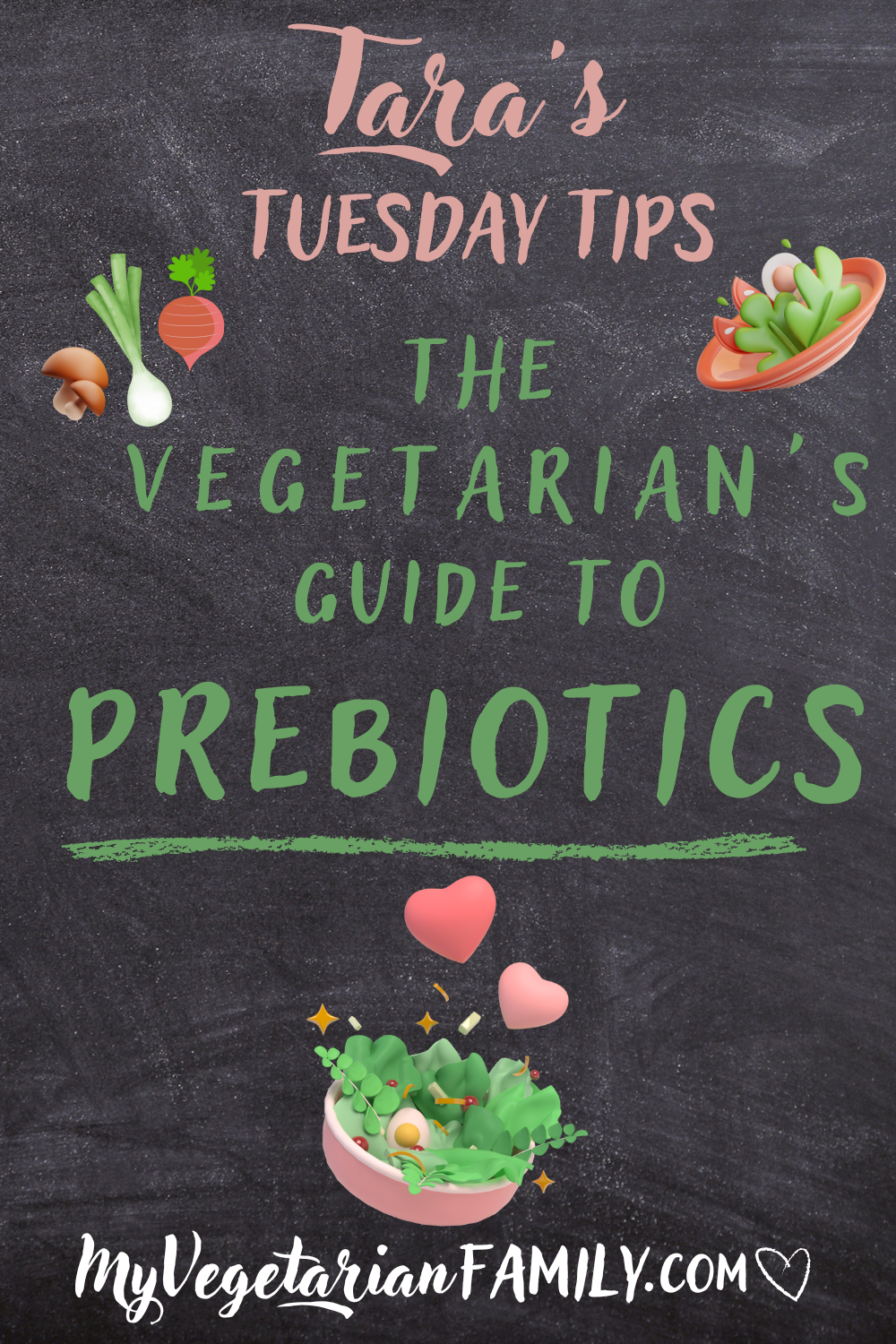
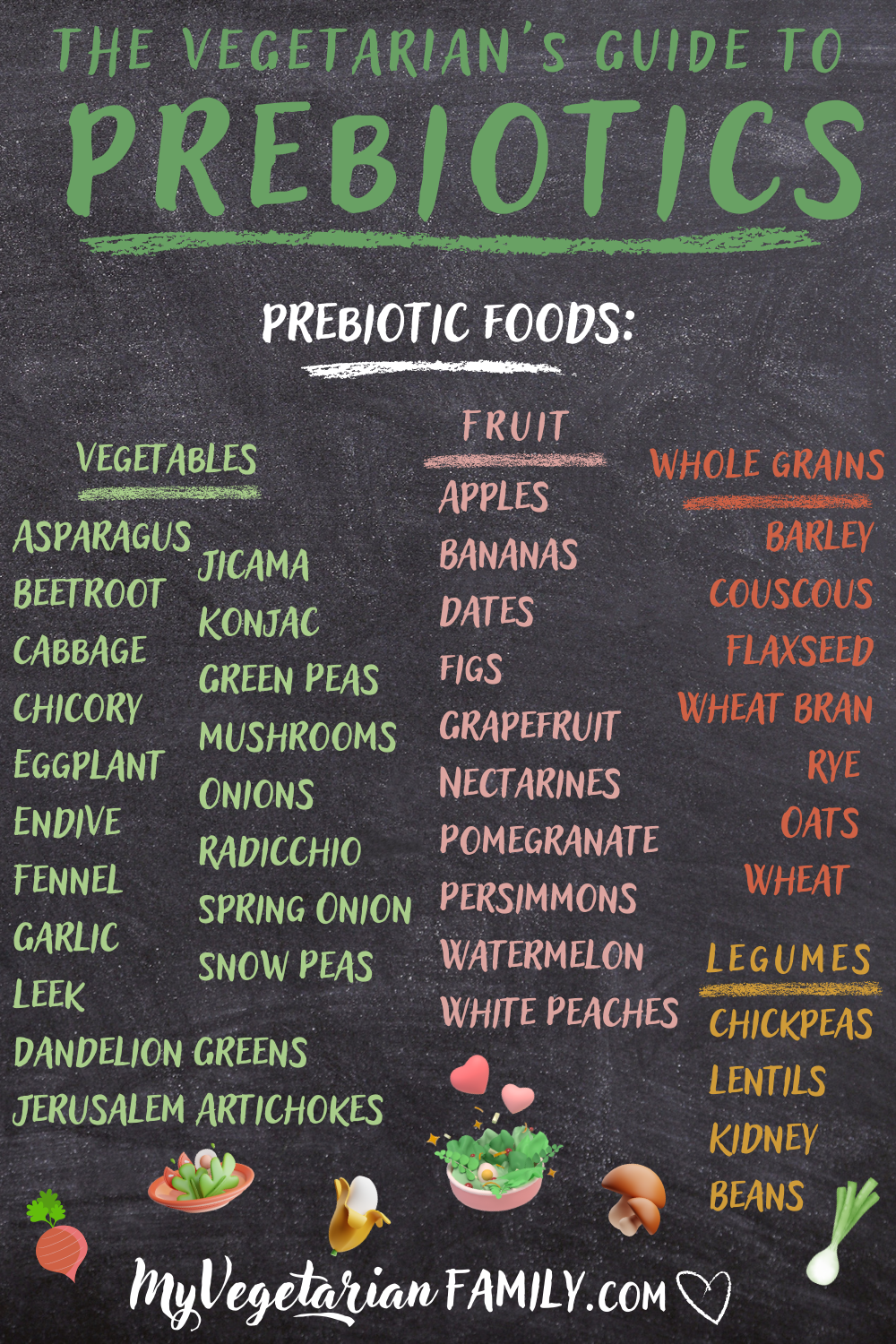
Food for thought
What you don’t eat is just as important as what you do eat. Preserving our gut health might be something we haven’t thought of as a high priority. BUT … we must prioritize gut health in order to achieve overall optimal health. By consistently choosing low fiber, high fat or high sugar foods, we feed the “bad” bacteria + help them grow and multiply. This increases our chances of insulin resistance, colon cancer, diabetes, obesity, fatty liver and more. I am talking to all of my carnivorous friends out there on high protein meat diets! If we prioritize colorful, fiber-rich foods we are improving our gut microbiome + feeding the good bacteria while increasing our chances of better immunity, glucose control, improved lipid numbers, and weight management.
If you know me or have been stopping by MVF for a little while now, you know that I am all about balance + there are no bad foods. Choose the colorful plants, fruits, vegetables, nuts, legumes 80% of the time + leave the other 20 % for the fun things that make to you feel happy, connected, and satisfied.
All the best,
Tara 💚
A few other Tuesday Tips you might like:
The Vegetarian’s Guide To Cancer Prevention
How To Improve Your Health With Fiber
Calorie Density 101: How to Lose Weight Eating More Food
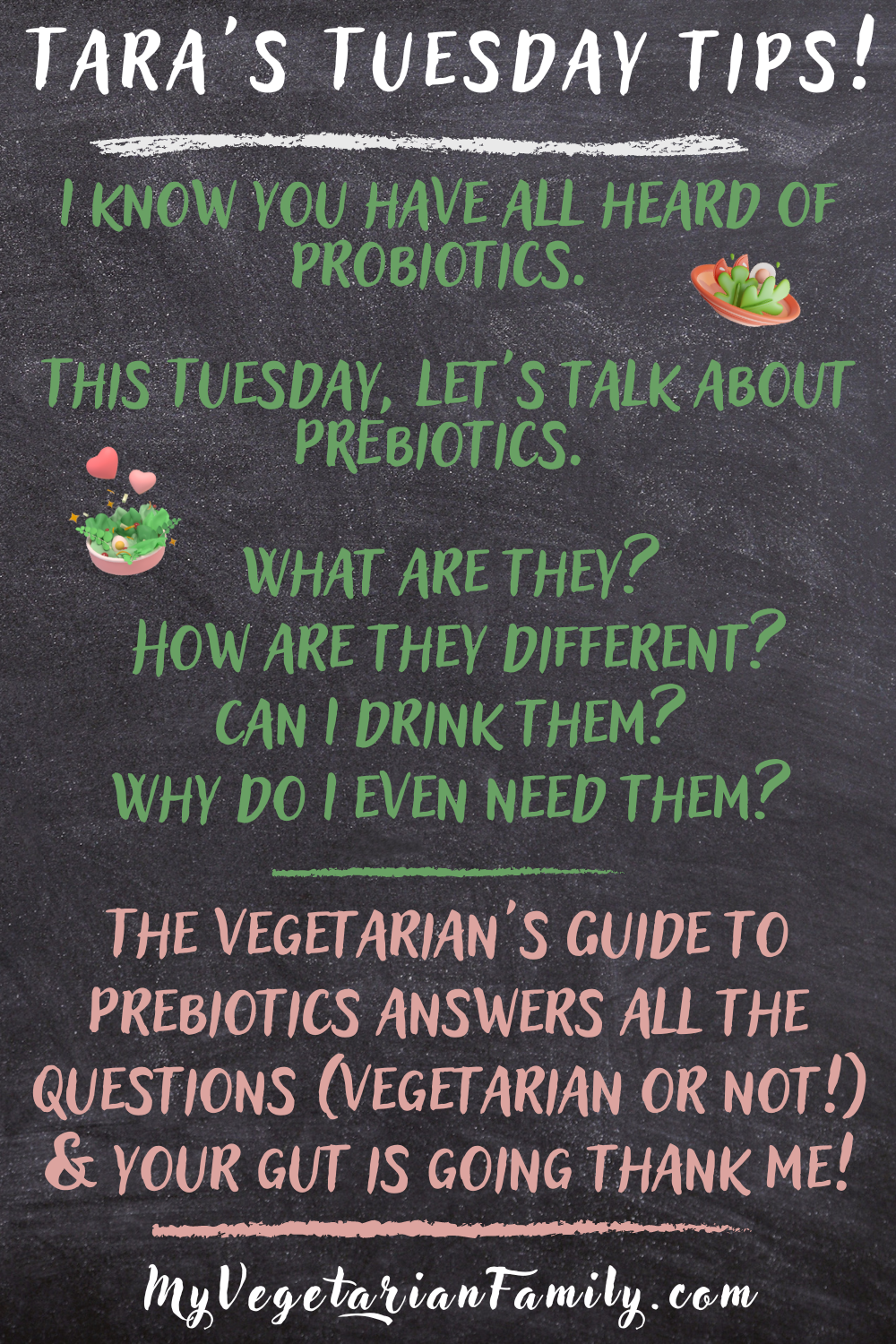
⭐Did you love The Vegetarian’s Guide to Prebiotic Foods? Leave a comment below!
📸I love to see your creations! Follow me on Instagram @myvegetarianfamily and hashtag it #myvegetarianfamily
📩Be sure to subscribe here to my weekly emails for tips + recipes so that you never miss a veggie thing!
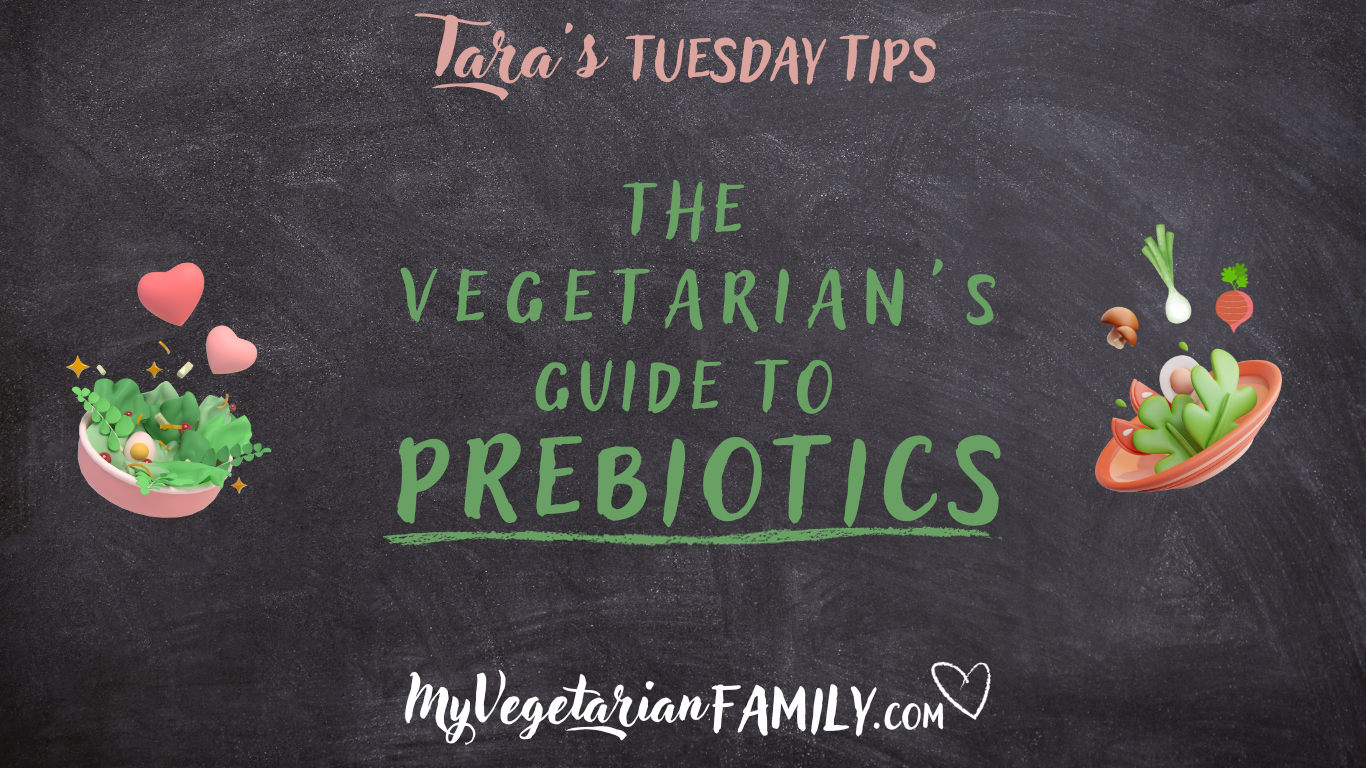
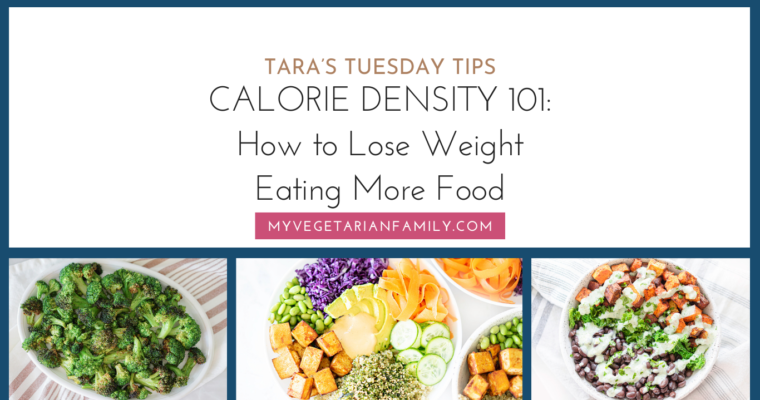

great blog, really some good info abt prebiotics…thank you!!
Hi Fredi! I am so happy to hear you found the article helpful. Thank you for your feedback! – Tara